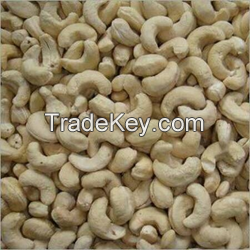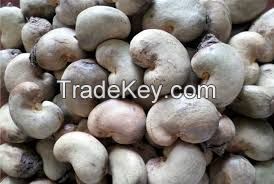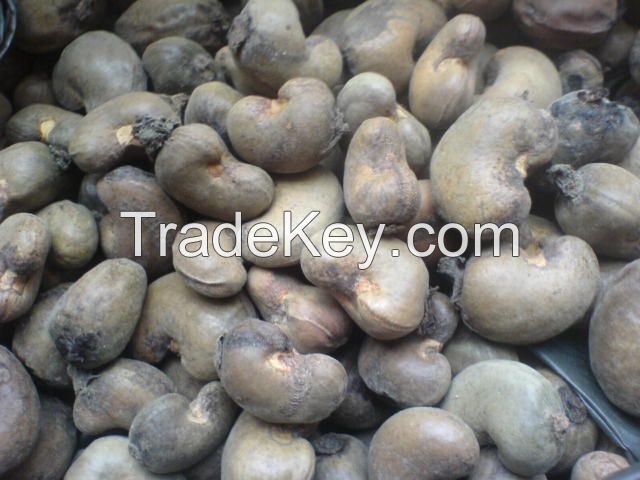详情
Cashew Nut:
Culinary uses for cashew seeds in snacking and cooking are similar
to those for all tree seeds called nuts.
Cashew nuts are commonly used in Indian cuisine, whole for
garnishing sweets or curries, or ground into a paste that forms a
base of sauces for curries (e.g., korma), or some sweets (e.g.,
kaju barfi). It is also used in powdered form in the preparation of
several Indian sweets and desserts. In Goan cuisine, both roasted
and raw kernels are used whole for making curries and sweets.
Cashew nuts are also used in Thai and Chinese cuisine, generally in
whole form. In the Philippines, cashew is a known product of
Antipolo, and is eaten with suman. Pampanga also has a sweet
dessert called turrones de casuy, which is cashew marzipan wrapped
in white wafers. In Indonesia, roasted and salted cashew nut is
called kacang mete or kacang mede, while the cashew apple is called
jambu monyet (translates in English to monkey rose apple).
Raw Cashew Nut:
Moisture 8-10%, Black spotted nuts 2%, Moldy Nuts 0.5% Max., Insect
Damaged 0.5%Max, Rancid Nuts 1.5% Max, Immature Nuts 0.05% Max,
Void Nuts 0.5% Max, Total Defective Nuts 0.5-1.5%, Float Rate 18%
Max, Damaged & Discolored Nuts 4-5%, Color - Brown, Nut Count
180-200 Nut count per kg, Out Turn 48-50 Lbs, Packaging 80kg Jute
bags
Semi Processed:
Processed Cashew Nuts: W320, Cultivation Type - Common, Style -
Fresh, Color - Pale Ivory, Moisture - 5% Max, Admixture - 0.5% Max,
Imperfect Seed - 5%Max, Appearance - Good




